 Back to the Be Inspired Blog
Back to the Be Inspired Blog
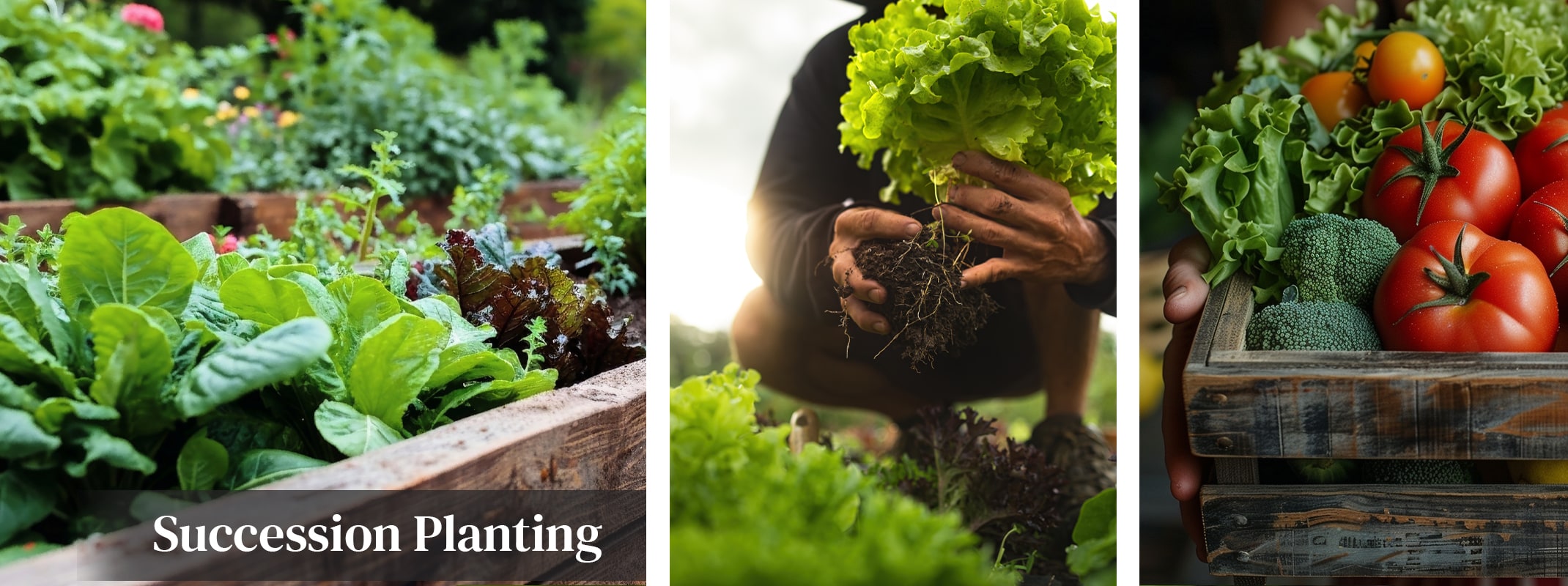
Succession Planting in Raised Bed Gardens
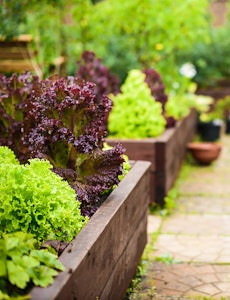 Do you ever feel like your vegetable garden stalls out mid-season? Or that you miss the window to plant something new? You’re not alone! One of the most common questions we get at SummerWinds Nursery is:
Do you ever feel like your vegetable garden stalls out mid-season? Or that you miss the window to plant something new? You’re not alone! One of the most common questions we get at SummerWinds Nursery is:
"How do I keep my garden productive all year long?"
The answer? Succession planting.
This simple technique helps you maximize space, extend your harvest, and keep fresh veggies on your table all year—even in the unique microclimates of the Bay Area. Whether you’re gardening in Marin, Santa Clara, or Alameda County, this guide will help you plant smarter and get more from your raised beds.
What is Succession Planting?
Succession planting is all about timing. Instead of planting everything at once, you stagger your crops throughout the seasons. That way, as one crop finishes, another takes its place.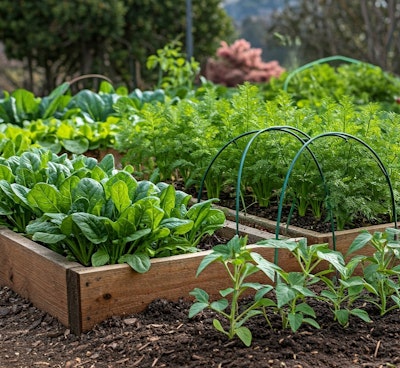
A typical Bay Area succession planting schedule might look like this:
✔ Early Spring – Plant cool-season crops like lettuce, kale, and broccoli.
✔ Late Spring/Early Summer – Transition to warm-season crops like tomatoes, peppers, and squash.
✔ Late Summer/Early Fall – Bring back cool-season veggies like carrots, beets, and spinach.
✔ Winter (in mild areas) – Grow hardy greens, garlic, broccoli and cauliflower.
By planning ahead, you’ll get the most out of your garden—even in small spaces like raised beds!
Understanding Warm- and Cool-Season Crops
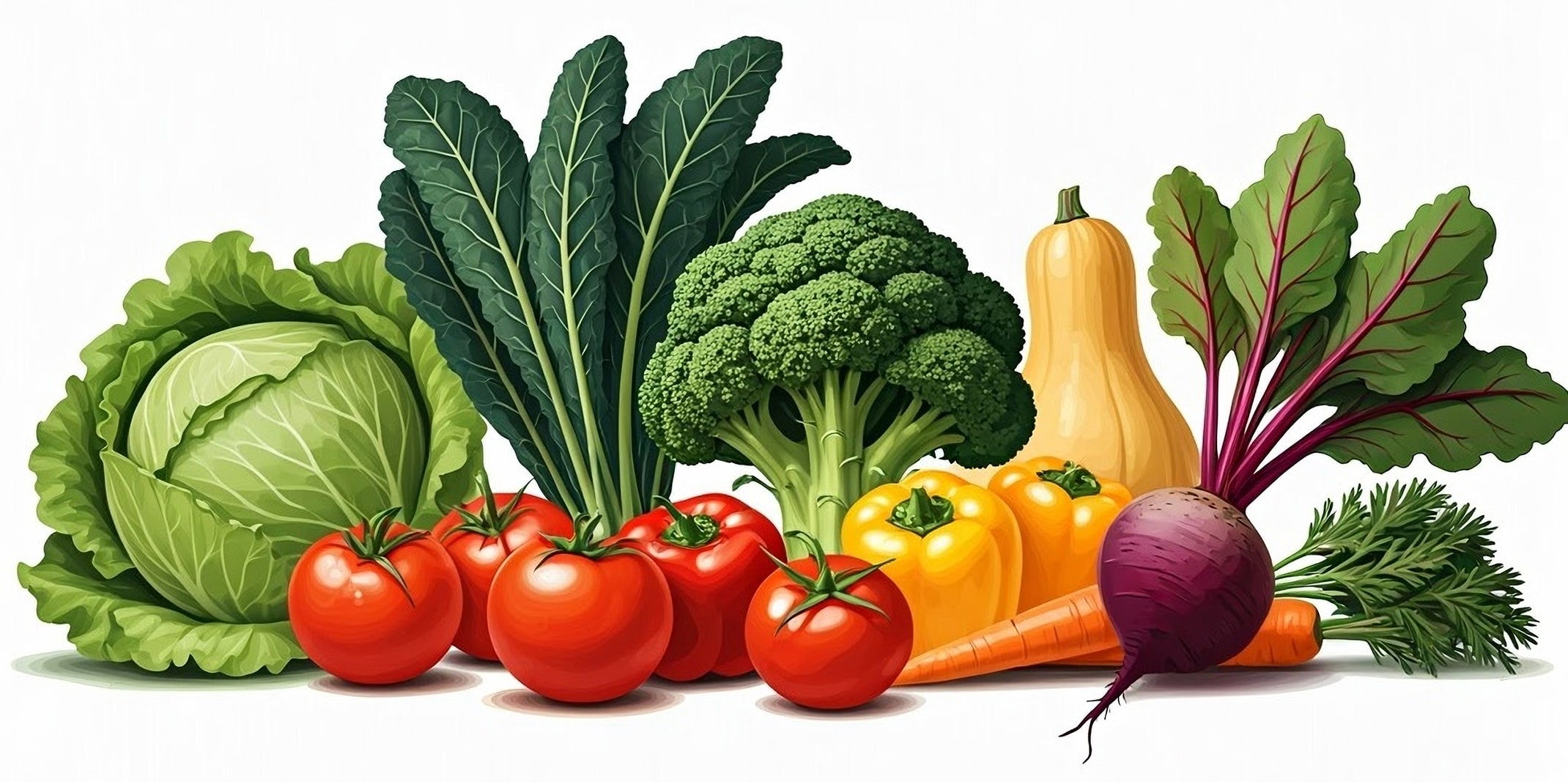 Not all veggies grow well at the same time of year. Some thrive in heat, while others prefer cooler temperatures.
Not all veggies grow well at the same time of year. Some thrive in heat, while others prefer cooler temperatures.
Warm-Season Crops (Best for Late Spring through Summer)
These crops love heat and need soil temperatures above 70°F to thrive. Protect them if nighttime temps drop below 50°F.
| Crop | Days to Harvest |
|---|---|
| 🍅 Tomatoes (Determinate) | 50-60 days |
| 🌽 Corn (Early Sweet) | 60-75 days |
| 🥒 Cucumbers | 50-65 days |
| 🌶 Peppers (Bell & Hot) | 60-80 days |
| 🫘 Bush Beans | 45-60 days |
| 🎃 Summer Squash | 45-50 days |
Cool-Season Crops (Best for Fall through Spring)
These veggies prefer cooler temperatures (60-75°F) and will stop producing once daytime temps exceed 80°F.
| Crop | Days to Harvest |
|---|---|
| 🥬 Leaf Lettuce | 45 days |
| 🥕 Carrots (Baby) | 50 days |
| 🥦 Broccoli | 55-70 days |
| 🥬 Kale | 50-65 days |
| 🥔 Beets | 50-60 days |
| 🥬 Spinach | 40-50 days |
How to Plan Succession Planting in Your Raised Bed
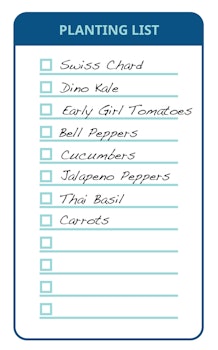 1. Make a list of what you love to eat
1. Make a list of what you love to eat
Start with your favorite veggies! Think about what grows well in your microclimate and plan accordingly.
2. Check planting times for the Bay Area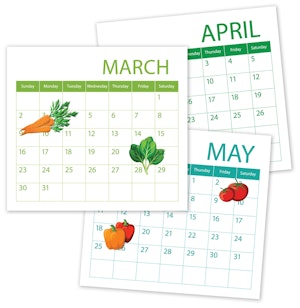
Unlike other parts of the country, our mild winters allow for year-round gardening. Check local planting calendars or ask our team at SummerWinds Nursery to help you pick the best crops for your location.
3. Use days-to-maturity to stagger plantings
Different crops take different amounts of time to grow. Instead of planting everything at once, sow in waves so your harvest doesn’t come all at once.
Example Succession Plan:
- March: Start with spinach and carrots.
- May: As spinach bolts in warmer weather, replace it with tomatoes and beans.
- July: Plant another round of bush beans for late-summer picking.
- September: After tomatoes finish, plant kale and cauliflower for fall.
- November: Add garlic and onions for a spring harvest.
This approach keeps your garden productive all year long!
Bay Area Tips for Success
Know Your Microclimate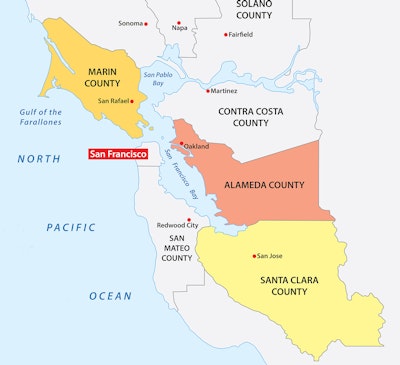
- Coastal areas (Marin County) stay cooler longer—extend your cool-season plantings into early summer.
- Inland areas (Santa Clara, Alameda) warm up faster—start warm-season crops a few weeks ahead.
Use Season Extenders
- Row covers and cold frames can protect crops from unexpected cold snaps.
- Shade cloths can keep leafy greens from wilting in sudden heatwaves.
Interplant for Maximum Yield
- Pair fast-growing crops (radishes, lettuce) with slow growers (carrots, onions) to make the most of your space.
Stagger Planting Dates
- Instead of planting a whole bed of lettuce at once, sow small amounts every 2-3 weeks for a steady harvest. This method of staggered planting can be applied to many other crops as well.
Get Planting!

Succession planting is a game-changer for keeping your Bay Area garden lush and productive year-round. By choosing the right crops, staggering plantings, and making the most of your microclimate, you’ll enjoy fresh, homegrown produce in every season.
Need help choosing the best plants for your raised bed? Visit your local SummerWinds Nursery for expert advice and top-quality seedlings!
Happy planting!

